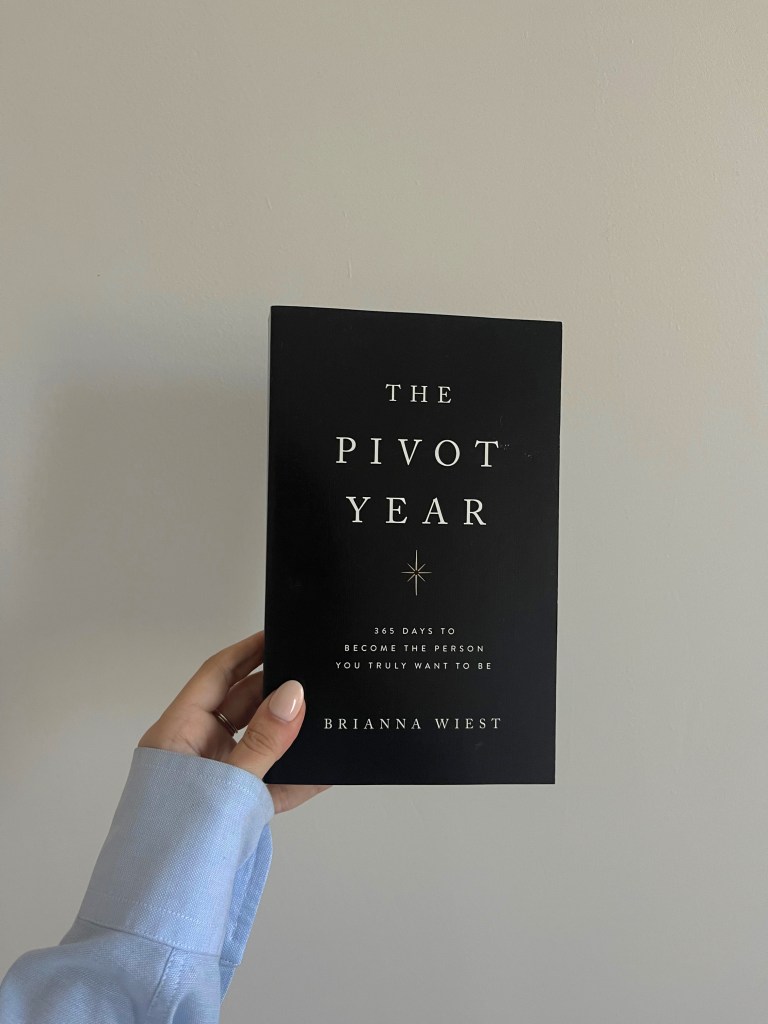5 Different Meditation Practices You Could Try To Change Up Your Center
If you’ve struggled with meditation or just can’t find the time for it, these five unusual types of meditation may be able to help.
By ![]() Jenn Ryan
Jenn Ryan


Have you tried meditation?
Perhaps you’ve—unsuccessfully—put yourself in a quiet room and attempted to still your mind for some time. Meditation is not about fighting with your mind. It’s about not resisting the thoughts that may come and go. Simply acknowledge them and let them be what they may.
If you’ve struggled with meditation or just can’t find the time for it, these five unusual types of meditation may be able to help. They’re a slightly different take on traditional meditation, but they will center you and make your practice that much better!
1. Koan Meditation
A koan is defined as a statement or question that’s used to open the mind and create stillness. They aren’t riddles, for they cannot be answered, so the mind cannot make sense of them. This is the whole idea.
In order to meditate using a Zen koan, all you need to do is repeat the koan to yourself or use different koans and repeat them in your mind to yourself. When you do this, you are allowing the mind to observe the koan without attempting to make sense of it.
Here are some koans you might try:
• What is the sound of one hand clapping?
• What is the self?
• What do you call the world?
• What face did you have before your parents were born?
• When you can do nothing, what can you do?
• What is the color of wind?
Koans can also be parables or stories in addition to these questions. Some are short, others are long. Koan meditation helps you see the world differently and opens your mind to something greater.
2. Walking Meditation
For those of you who have trouble sitting still, walking meditation might be a good way to begin your practice.
Walking meditation isn’t just strolling along as you normally would. Formal walking meditation requires absolute focus on movements that you would otherwise have done without thinking. Here’s how you can do it.
Find a place where no one will watch you or interrupt you. It can be inside or outside. It should be a relatively straight path. Here, give the utmost attention to your body. Consciously breathe. Notice how it feels to stand on solid ground. When you are ready, lift up your foot to take a step. Move your foot in the appropriate position before placing it down. Slowly continue with this process, being completely aware of each movement, of each step you take.
You can walk back and forth in your designated place, or just do one single line of conscious walking. You will be surprised how walking transforms when you are utterly conscious of your movements.
3. Qigong Meditation
Qigong is another type of moving meditation that many people enjoy. It combines breathing and movement with meditation in order to maximize your life energy and quiet your mind.
Research has proven Qigong to be an effective technique for helping with many psychological health issues, including anxiety, depression and stress. Qigong uses simple, repetitive movements combined with conscious breathing to balance energy.
How can you try Qigong? These exercises can be practiced by just about anybody. One example is to sway your arms gently by twisting from the waist. Empty your mind, focus on the movement, only let there be the movement and your energy.
If you like the idea of a movement-based meditation, give Qigong a try!
4. Tonglen Meditation
Have you heard of Tonglen meditation? This type of meditation is all about deepening your compassion as well as transforming suffering.
During Tonglen meditation, you call to mind someone who is suffering. You actually feel their pain by putting yourself in their shoes. When you do this, you experience their suffering and then you work to transform it.
To practice, imagine yourself breathing in a specific person’s suffering and pain and then exhaling compassion, love, forgiveness, and peace. The practice of Tonglen enables us not only to understand others better, but to care for them more deeply. Through Tonglen, you can take suffering and transform it into something else.
Tonglen meditation can help us create a better world and become more compassionate humans to one another.
5. Crystal Meditation
For crystal meditation, you can either meditate in the presence of crystals or do a more organized crystal grid meditation.
When you meditate with crystals, you simply have a crystal or two present for your meditation practice. Quartz crystal is one of the best ones to have. It’s said to bring clarity and focus. Their clear color also makes it easy to meditate with another crystal present.
Meditating with a crystal and an intention in mind is said to help you achieve that intention. Certain crystals can active a higher consciousness, bring healing, and more energy. When you meditate with a crystal grid, you simply arrange different crystals either in a specific place in your home or even on your body to meditate.
To meditate with crystals, hold them in your hand (or hands if you are using two crystals) or lay them on your body. Be aware of your breathing as well as the energy of your crystal. Visualize your intention and relax.
You can find crystals online, at herb shops, or at specific crystal stores. They are relatively inexpensive and fun to meditate with.
Have you tried any of these forms of meditation? Hopefully they will inspire you to cultivate your own practice and breathe more deeply, love more honestly, and create compassion in your life. When regular meditation doesn’t provide enough direction or focus, give one of these five unusual types of meditation a try! ![]()




